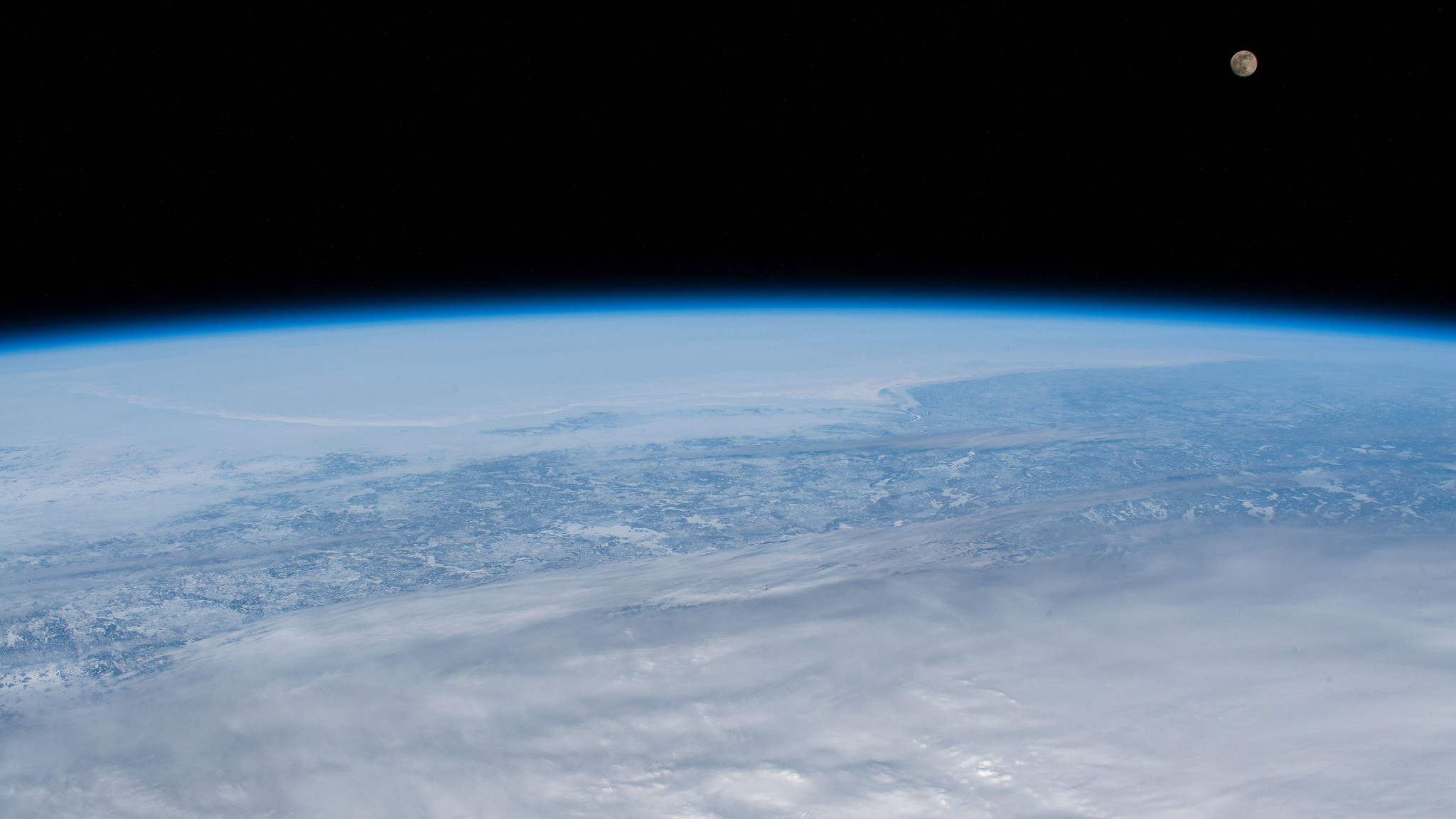Watch the half-lit last quarter moon rise tonight

The moon reaches its last quarter phase on Tuesday (March 14) when its face will be half illuminated by the sun.
The last quarter moon will be visible from New York soon after it rises at 2:42 a.m. EST (0642 GMT), according to In the Sky. It will be visible until shortly before it sets, disappearing at around 11:20 a.m. EST (1520 GMT).
The last quarter phase, also referred to as the third quarter, falls exactly between the full moon and the new moon. Looking at images of the three phases together demonstrates how light from the sun has receded across the face of the moon during this time. Astronomers call this period "waning."
The retreat of light across the lunar face has been occurring since the Worm Moon, March's full moon which fell on Tuesday, March. 7 and will continue past the last quarter phase this week until the next new moon on March 21.
Related: What is the moon phase today? Lunar phases 2023

Looking for a telescope to see the features of the full moon up close? We recommend the Celestron Astro Fi 102 as the top pick in our best beginner's telescope guide. Don't forget a moon filter!
After the new moon occurs, marking the beginning of a new 29.5-day lunar cycle and the point at which the lunar face is completely dark, the sun's light will once again begin to spread across the lunar face. Before the cycle reaches its halfway point, the next full moon, it will pass through another half-illuminated stage known as the first quarter moon.
The "mirror image" of the third quarter moon, the first quarter moon will illuminate the opposite side of the lunar face. The fact that these half-illuminated phases are called "quarter moons" may seem confusing, but the name relates to the fact that they occur a quarter of the way and three-quarters of the way through the lunar cycle.
Breaking space news, the latest updates on rocket launches, skywatching events and more!
Of course, as only the permanently Earth-facing half of the moon is ever illuminated by the sun, when half of this face is lit by the sun that constitutes a quarter of the whole moon being illuminated.
The illuminated face of the moon continues growing or "waxing", until April's full moon on the 6th of that month, also colorfully known as the Full Pink Moon and representing the first full moon of spring 2023.
Read more: No, the moon phase can't help find your soulmate on TikTok
The illuminated portion of the moon's face isn't the only thing that changes as the lunar cycle progresses from the new moon to the full moon and back again. The times at which the moon rises and sets also change.
So for example; during the third quarter moon phase, the moon will rise in the middle of the night and will be high in the sky around dawn before setting at around midday. Approaching the new moon, the moon will rise later each day, meaning it is visible for less time each subsequent night. By the time the new moon arrives, the moon will rise with the sun and will set with it at dusk, meaning it isn't visible at all during the night.
If you're hoping to catch a look at the moon as reaches its last quarter phase our guides for the best telescopes and best binoculars are a great place to start.
If you're looking to snap photos of the moon or the night sky in general, check out our guide on how to photograph the moon, as well as our best cameras for astrophotography and best lenses for astrophotography.
Editor's Note: If you snap the last quarter moon and would like to share it with Space.com's readers, send your photo(s), comments, and your name and location to spacephotos@space.com.
Follow us @Spacedotcom, or on Facebook and Instagram.
Join our Space Forums to keep talking space on the latest missions, night sky and more! And if you have a news tip, correction or comment, let us know at: community@space.com.

Robert Lea is a science journalist in the U.K. whose articles have been published in Physics World, New Scientist, Astronomy Magazine, All About Space, Newsweek and ZME Science. He also writes about science communication for Elsevier and the European Journal of Physics. Rob holds a bachelor of science degree in physics and astronomy from the U.K.’s Open University. Follow him on Twitter @sciencef1rst.

